Love Letter to the Little Things: Dandelions
Dear Dandelions,
You brighten sidewalks and fuel countless wishes, stubbornly reminding people of the fact that nature will always come back, no matter how much we weed it.
And for that, I’m writing you this love letter.
First and foremost, happy late Earth Day/happy May Day! As spring kicks into full gear, it’s a great time to go into nature and appreciate all the amazing things our world has to offer, beyond being the only planet that has chocolate and dogs. I am a huge treehugger, and spring is my absolute favorite season, so I’ve been having a great time.
Something that is indicative of spring for me is the annual appearance of the dandelions (that would make a great ballet concerto title). There are a ton of dandelions right around the school, and I love to go out during lunch and pick a little bouquet or make some wishes when it’s later in the season. It’s a welcome break from the monotony of the school day and the heartbreaking reality that I am no longer ten years old and must do things like “study” and “drive myself around”. They’re a little bit of floral sunshine, scattered along sidewalks and backyards.
Dandelions are a fascinating plant. They can grow up to 17 inches tall, spread their seeds more than 5 miles from their origin, and are a pioneer species (meaning they are some of the first plants to return to an area after disturbances like wildfires). Most people believe they are weeds, but what does that mean? Being a “weed” is not a scientific definition: it actually means “a wild plant growing where it is not wanted and in competition with cultivated plants”. This definition makes me really sad, especially given that dandelions were first brought to North America to be cultivated for food and medicine. These are literally just plants, out there photosynthesizing and living their best botanical lives, and humans have subjected them to our weird standards of desirability. According to the James River Association, “In most areas of the country there is a very low risk [of dandelions] pushing out native species and they provide no real damage to the ecosystem. In fact, they are an excellent food source for many of the native bees, insects and other wildlife”. By contrast, the lily-of-the-valley, a gorgeous flower often used in fancy gardens, is a poisonous, invasive plant that spreads slowly but surely through its root systems. But because they’re pretty and dainty, people keep planting them, and the wild, wonderful dandelion is deemed a “weed”. While dandelions, a member of the sunflower family, are non-native to North America, they don’t pose enough harm to be considered invasive.
Dandelions are not only non-harmful but are often actively beneficial, both to an ecosystem and to humans. Pretty much every part of a dandelion is edible (so long as it hasn’t been doused in toxic pesticides), and can be used to make everything from tea to pancakes to lotion. Dandelions have also been used for medicinal purposes for thousands of years. “Ancient physicians were not much aware of vitamin and nutrition deficiencies. However, they found that dandelions were beneficial in many problems, including fevers, toothaches, constipation, anemia, arthritis, diabetes, gallbladder problems, heartburn, skin irritations, and liver, stomach and kidney disorders. Modern herbalists now realize that growing dandelions are enriched with Vitamins A, E, and C, as well as iron, zinc, and calcium”, states All True American Turf Beauty, a landscaping company with an odd name.
But all of that is just the technical value. Dandelions also possess a lot of whimsical value (my favorite kind). Dandelions make great flower crowns or fairy house decorations. The bright yellow flowers are shaped like the truffula trees in The Lorax, and they’re surprisingly soft and fuzzy to the touch. The sight of dandelions always lifts my spirits, because with dandelions comes longer sunlight and light breezes and t-shirts and shorts. If I could be a fairy who drank dandelion tea, dressed in flower petals, and attended dance parties with the local bugs, I would in a heartbeat. I also recently learned that dandelions open shortly after sunrise and close shortly after dusk. While I have never seen this happen, it sounds very relatable. Unless I get some sunshine, I feel pretty closed up too.
No one really knows when the idea of blowing dandelion seeds to make wishes came to be. “These myths go back centuries and can be traced to the ancient Celts and the French…For ages people have made wishes on dandelion seeds in the hopes of them coming true. Much of this may be attributed to the medicinal properties of dandelions …Because the dandelion seemed like such a magical herb, folklore began to develop around the bright flower, [which then developed] into the dandelions myths of today,” according to MyFlower, a flower appreciation blog. Who knows—the dandelions could have come up with it as a form of dandelion propaganda in order to repopulate the Earth with little dandelion babies. But even if that’s true, it’s a very poetic idea. Little kids everywhere put their hopes and dreams into the wind, spreading literal seeds of hope. Everywhere you see a dandelion, consider it the physical manifestation of a wish. They don’t seem as frustrating now, do they?
But my favorite part about dandelions is their stubbornness. Dandelions are the most determined flower out there (if a flower can even possess determination). Dandelions are floral rebellion at its finest. It’s as if they know that they are considered “undesirable” and want to spread everywhere just to spite those who would doubt their beauty. Forever unruly, they take over manicured grass lawns, screaming at passerby: “This is what nature should be: wild!” They serve as a line of defense against concrete sidewalks and paved parking lots, things that we decidedly don’t need any more of (just ask Joni Mitchell).
Every spring, a battle ensues, with suburban parents and landscapers on one side and small children and flowers on the other. And every year, no matter how long the people spend working in their yards or how many roots they upheave, the flowers always win. In a world where flowers, beauty, and wishes too often lose, it’s nice to have a battle where the underdog will always win.
Happy Earth Day, I hope you go out and make some wishes.
Your donation will support the student journalists of Centaurus High School. Your contribution will allow us to purchase equipment and cover our annual website hosting costs.
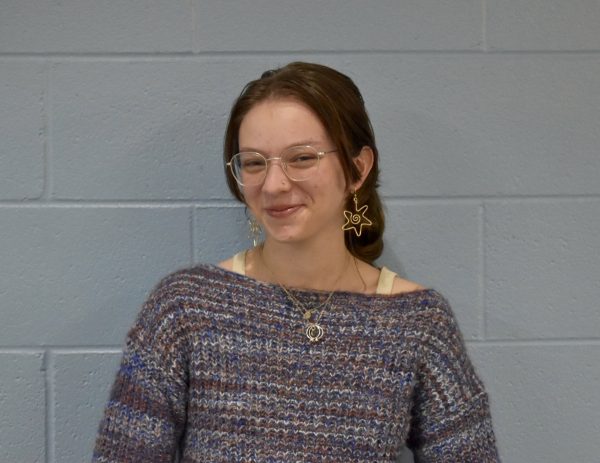
Shira Nathan (aka Ira) (they/them) is one of the Editors-in-Chief of The Warrior Scroll and a senior at Centaurus. This is their fourth year and final...




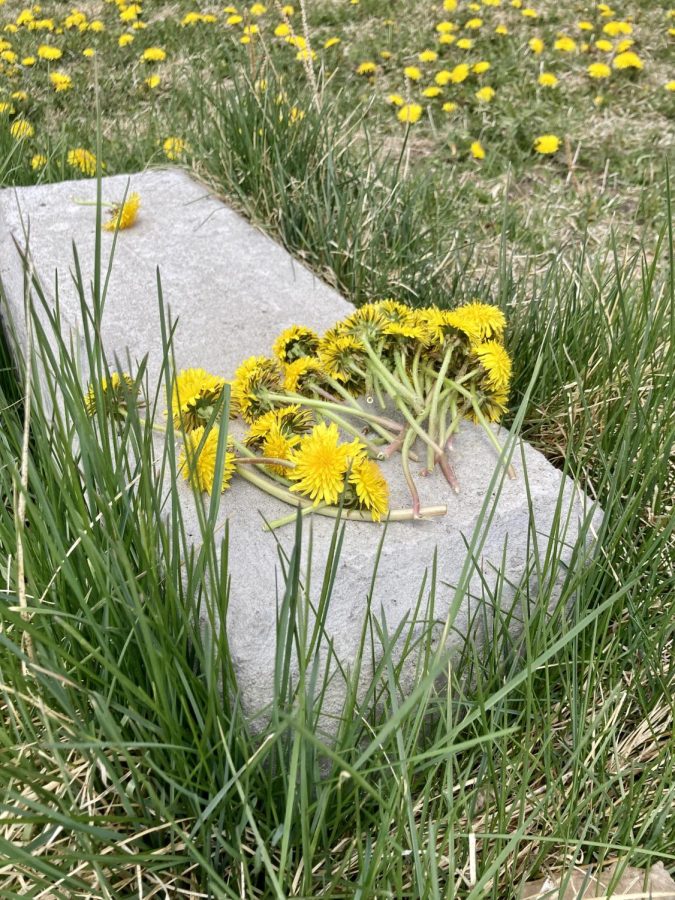
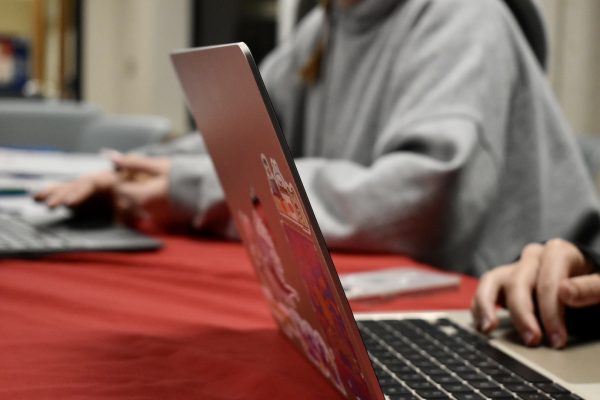
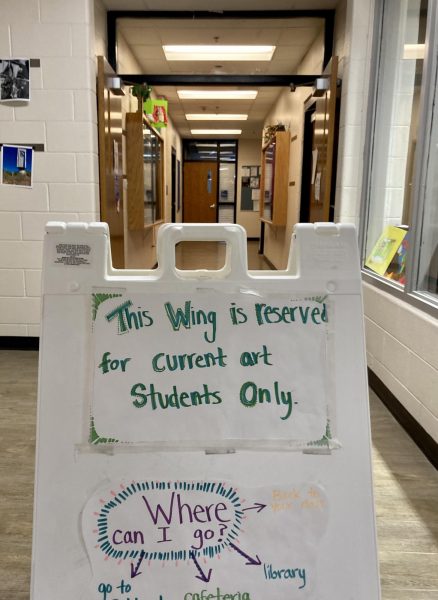
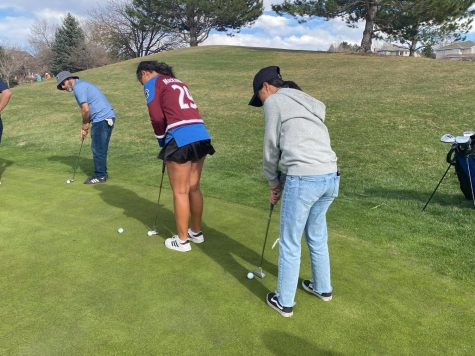
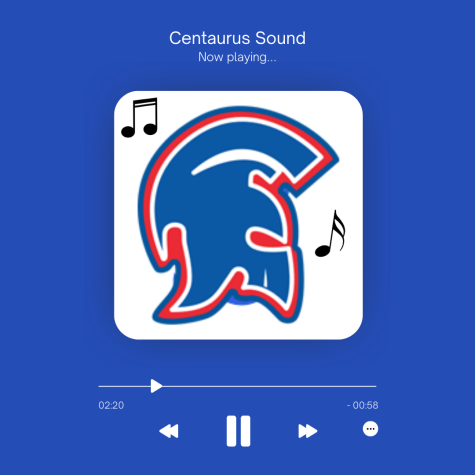



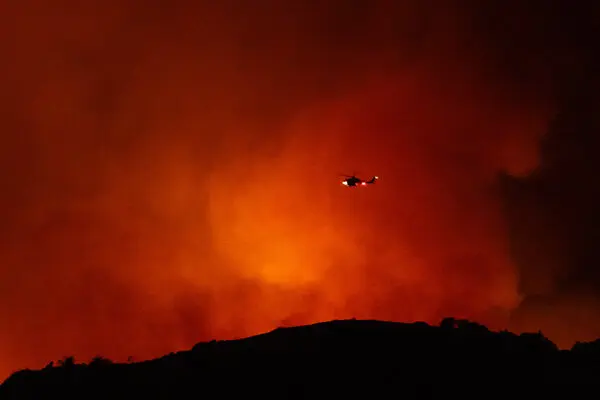

Cecile Miller • Apr 8, 2024 at 10:08 am
What a beautiful reading!